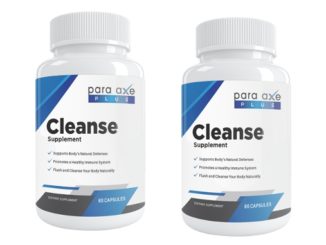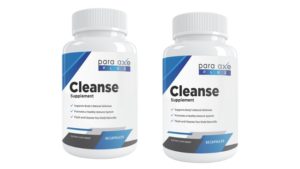The properties of Carvacrol
Carvacrol (CV) is a phenolic monoterpenoid found in essential oils of oregano (Origanum vulgare), thyme (Thymus vulgaris), pepperwort (Lepidium flavum), wild bergamot (Citrus aurantium bergamia), and other plants. Carvacrol possesses a wide range of bioactivities putatively useful for clinical applications such antimicrobial, antioxidant, and anticancer activities. Carvacrol antimicrobial activity is higher than that of other volatile compounds present in essential oils due to the presence of the free hydroxyl group, hydrophobicity, and the phenol moiety. It is particularly effective against food-borne pathogens, including Escherichia coli, Salmonella, and Bacillus cereus. Carvacrol has high antioxidant activity and has been successfully used, mainly associated with thymol(1218).




























































